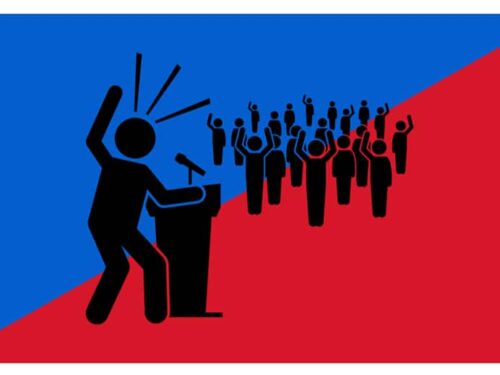
Do you have a problem employee? Every story has two sides, and you may be part of the issue. Online career resource The Muse outlines why sometimes it’s worth reserving judgment in their Forbes article “Do You Have A Bad Employee, Or Are You A Bad Boss?” Here are some common employee problems and a few different lenses to view them through.
Neglecting deadlines. If your employee isn’t getting work done in time, he or she could be a procrastinator or have issues with authority. However, maybe the employee isn’t confident in their work or is unsure of what you want them to do. It’s possible that you aren’t communicating with them clearly enough. Make sure that your employees know what is expected of them and that they have what they need to do their job. For this particular problem, consider setting up checkpoints leading up to a deadline to help them manage their time better.
Not fitting in. Sometimes one employee just can’t get along with the rest of your team. If the employee is the problem, they will have inherent qualities that are difficult to deal with, like being too argumentative or lazy. However, you should look for other habits that might signal a different issue. Maybe the employee prefers to work alone and feels uncomfortable in groups. Work with them to figure out a solution.
Being unreliable. This is a definite sign of a problem employee, but you still share some of the blame. Managers should confront problem behavior immediately instead of allowing it to continue. People won’t change if they aren’t disciplined for bad behavior.
Not improving. You may be frustrated by a new employee whose work hasn’t improved after months at the company. Are you providing the employee with detailed and regular feedback? If an employee doesn’t know what they’re doing well and what they could improve on, their work will stay the same.




